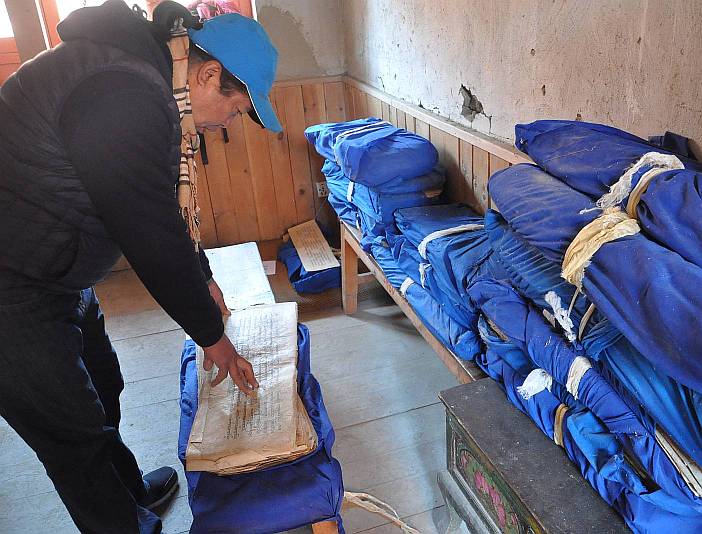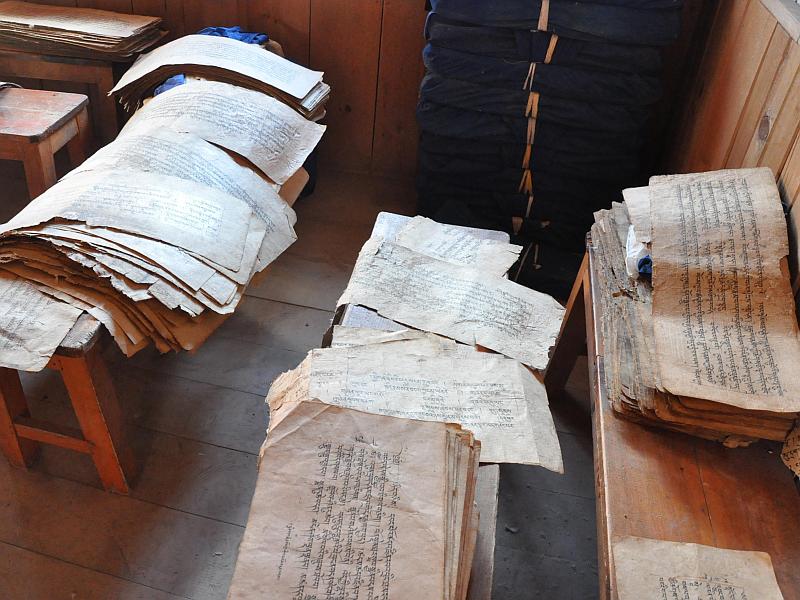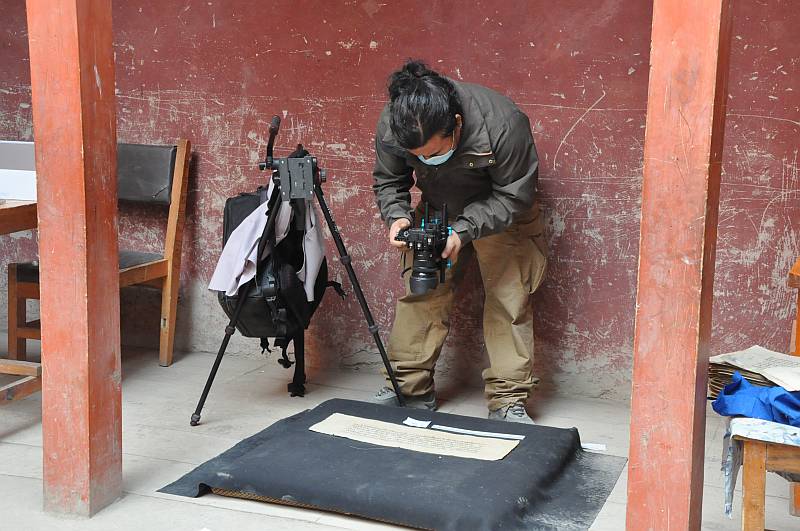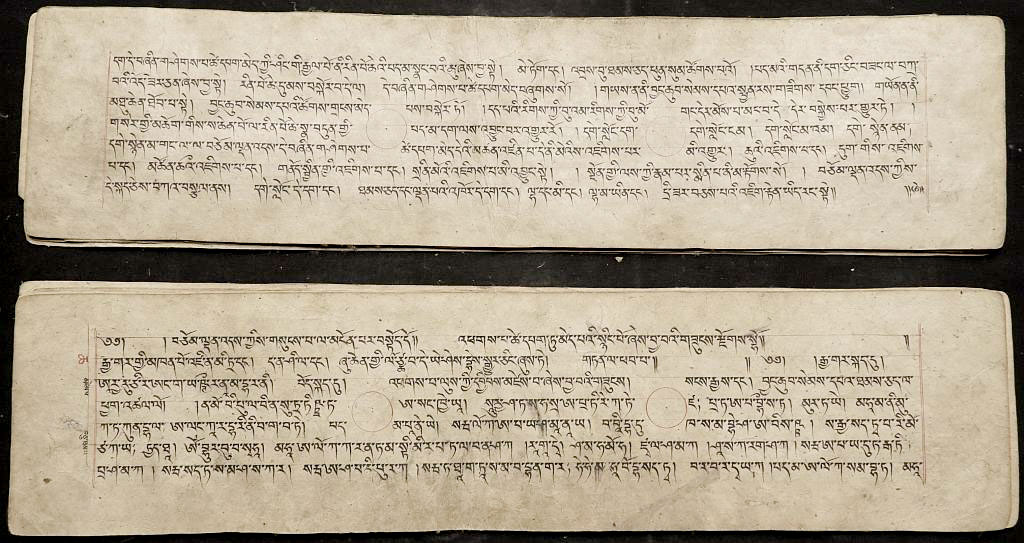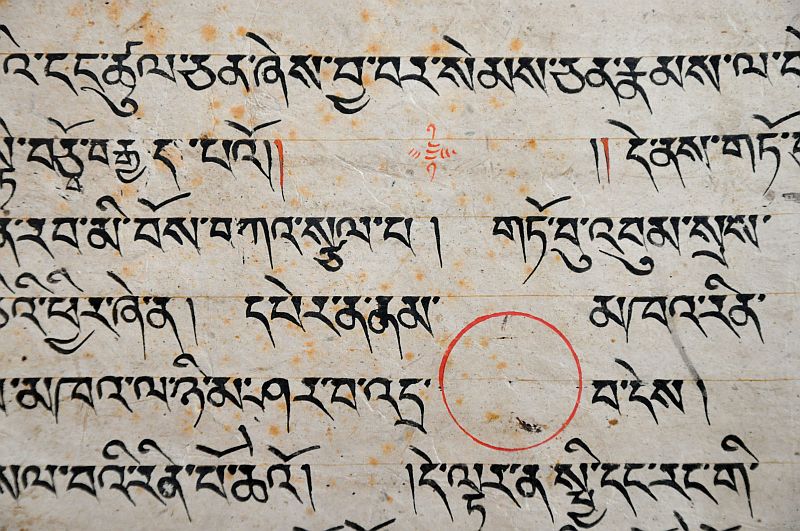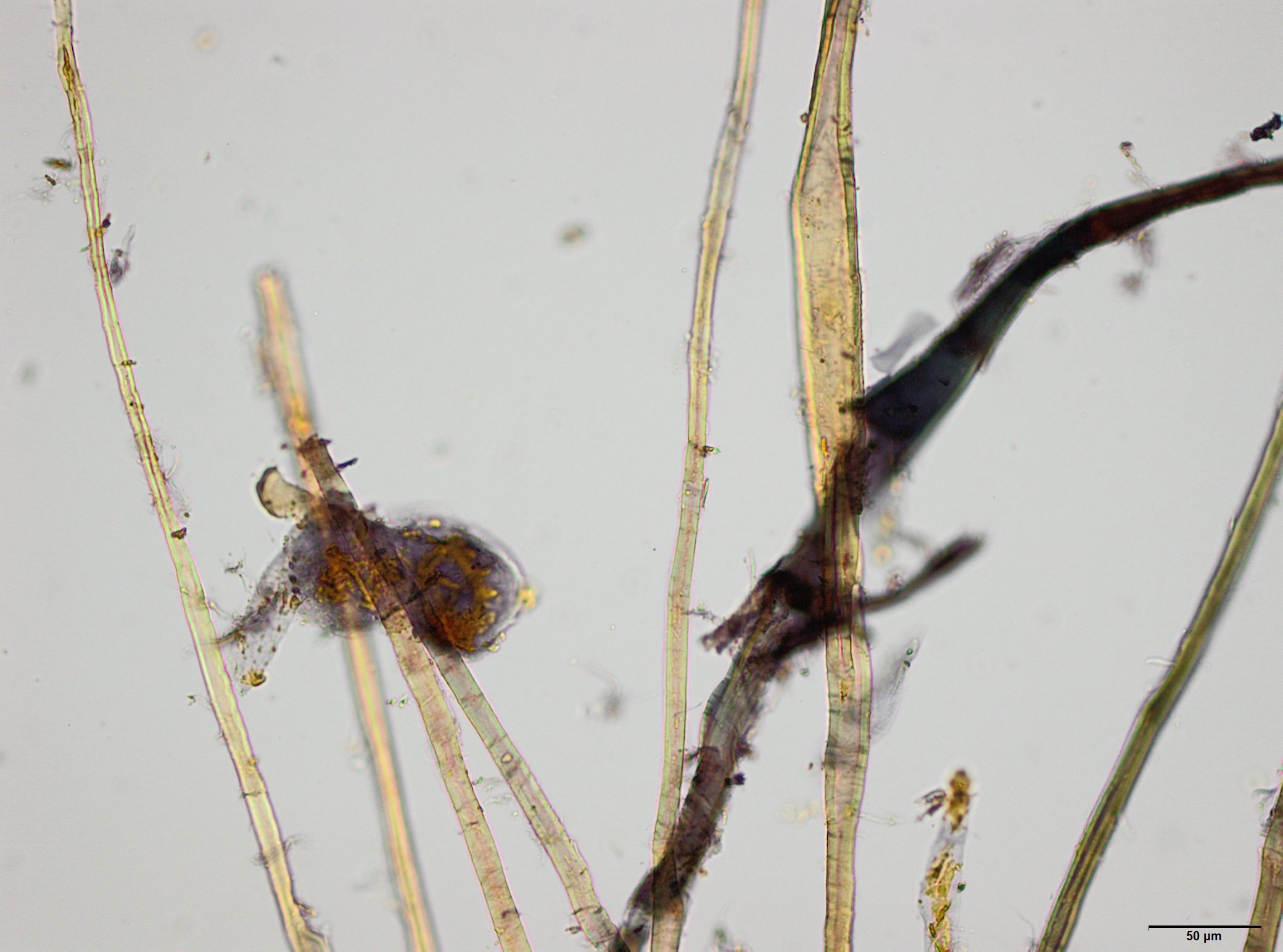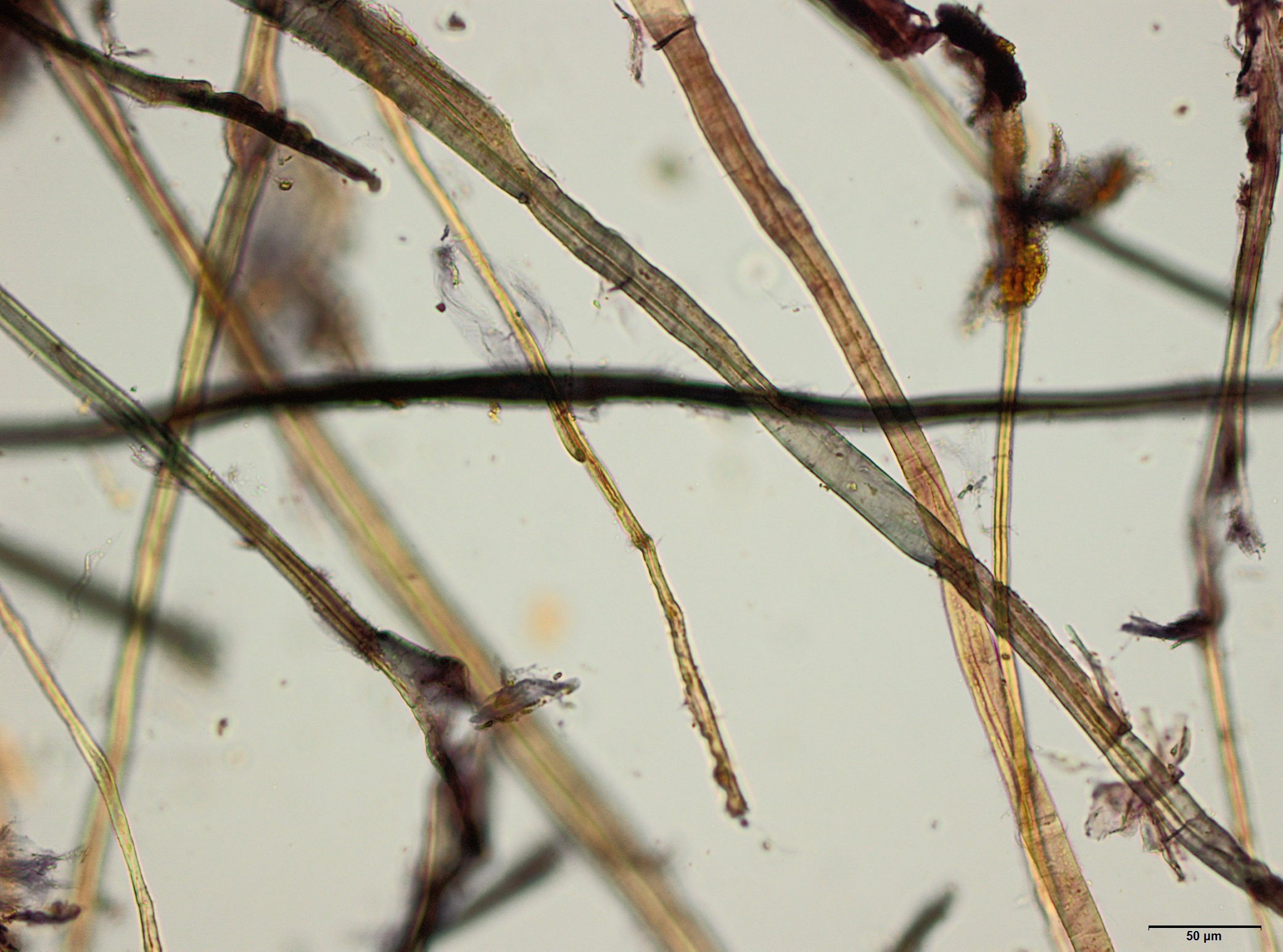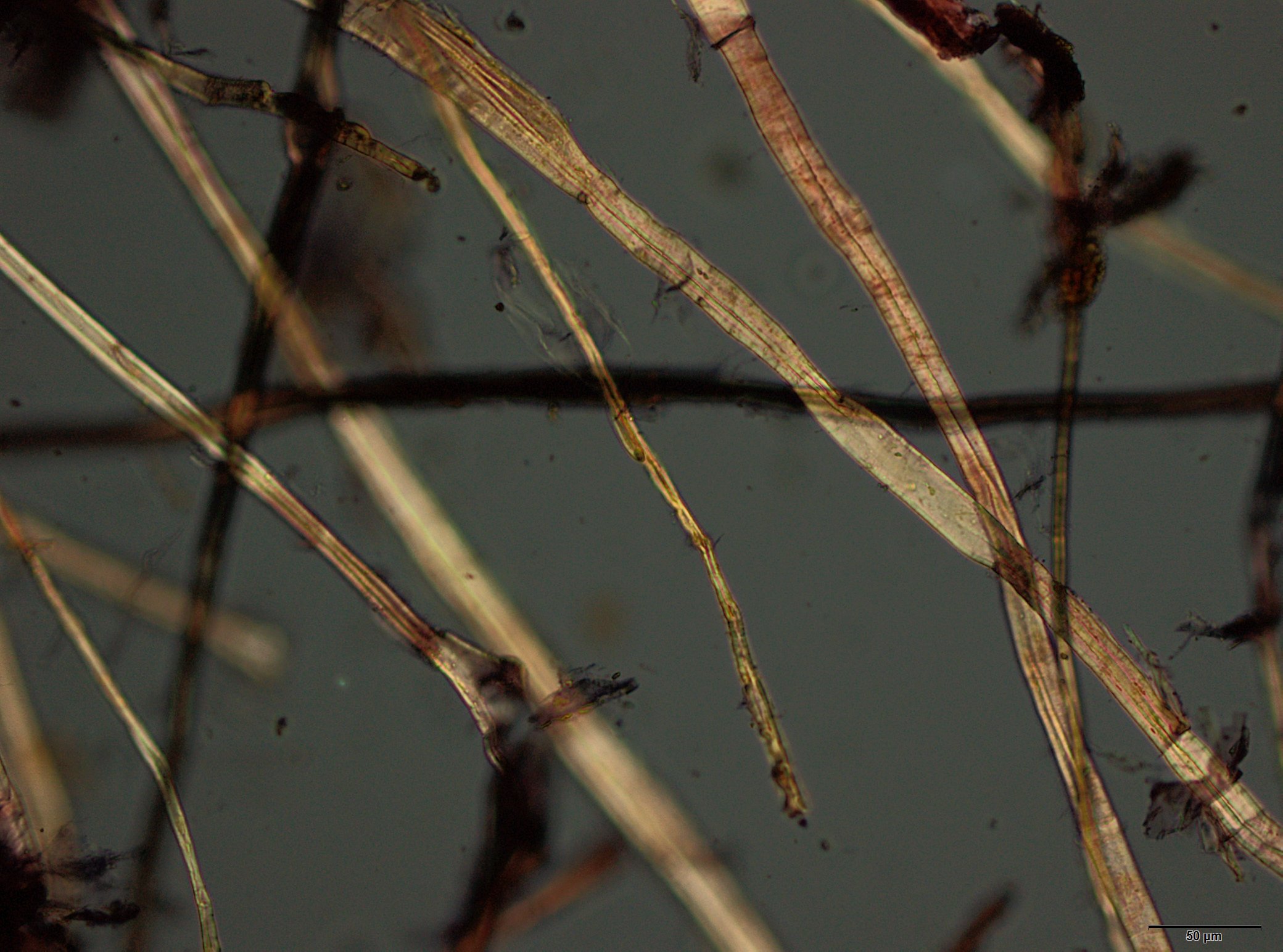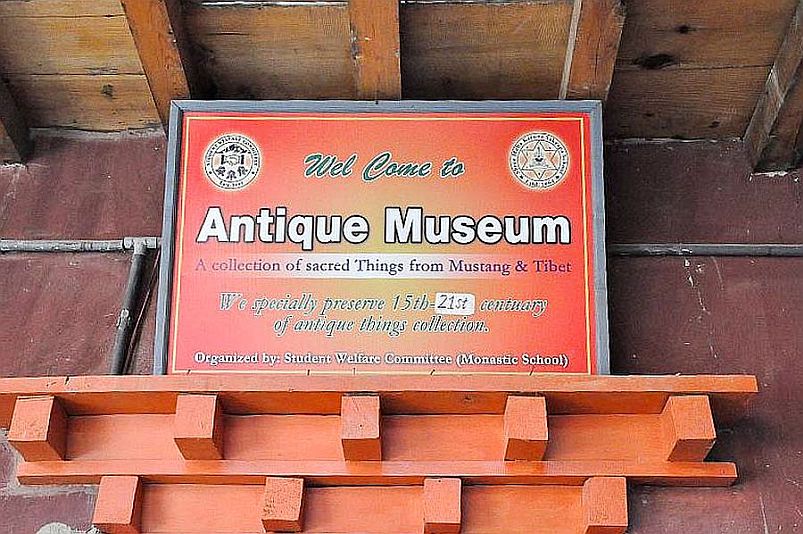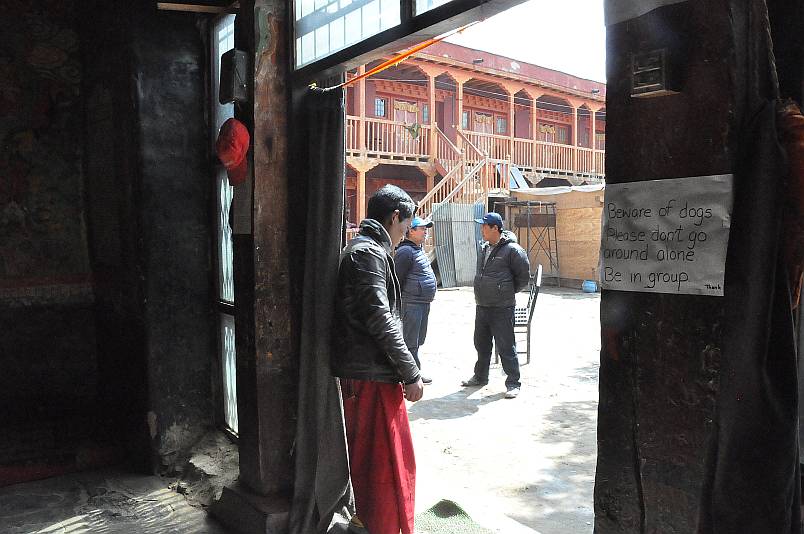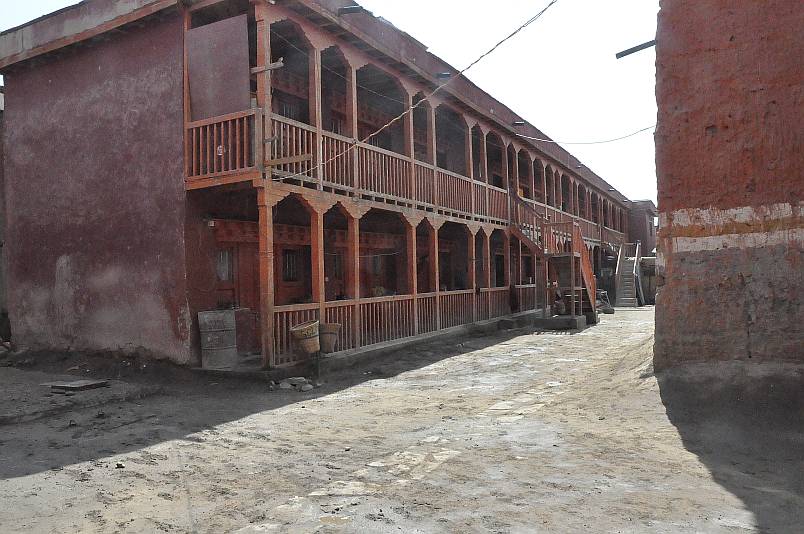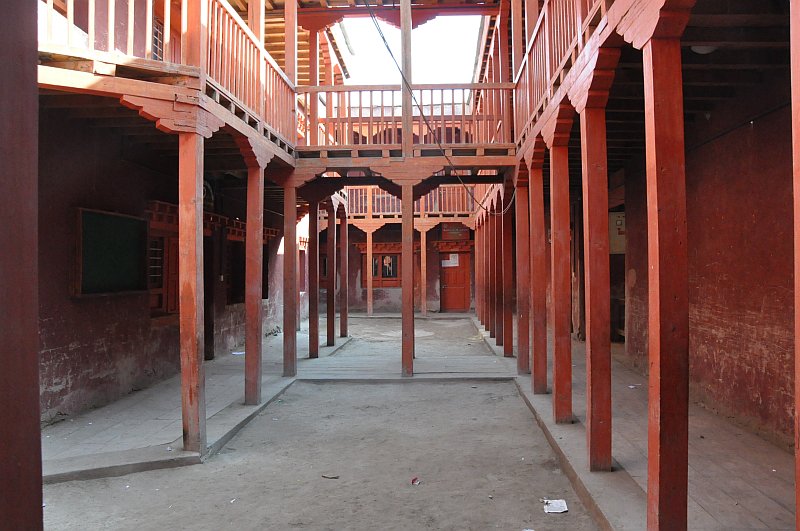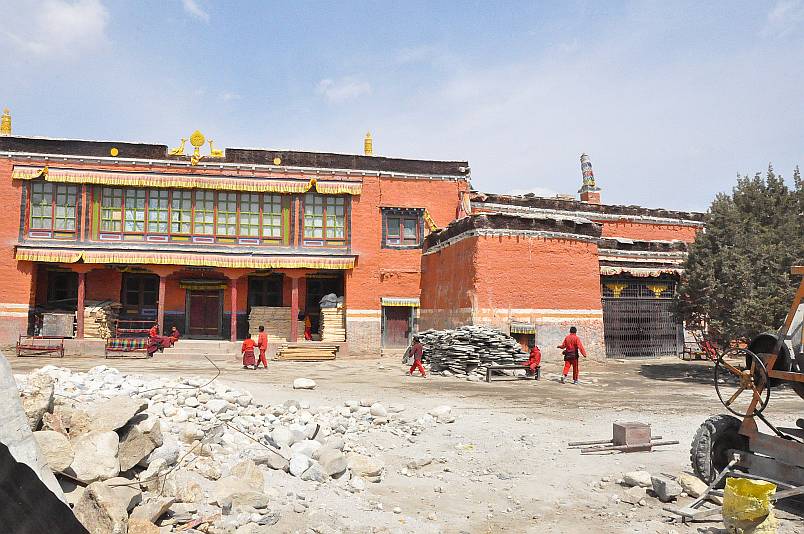| PL |
The lecture held by Professor Agnieszka Helman-Ważny titled “Discoveries of Bon Mustang Religions” on February 27th, 2018 at the Asia and Pacific Museum in Warsaw.
In addition to many priceless and often irretrievably destroyed monuments in the Mustang area there are still undiscovered complexes of caves carved in the mountain slopes. Most of these places, which were in the past a shelter, a hermitage, a burial place or a meditation retreat, because of difficult access requiring high climbing skills, have been forgotten for centuries (often with objects and monuments inside). Until recently, this complex was the Mardzong caves complex located south of Lo Monthang in the Mustang region of Nepal. Manuscripts from Mardzong discovered in 2008 by a group of climbers led by Brot Coburn and Peter Athans are a particularly interesting archaeological discovery being developed and now protected by Polish scientists as part of a project funded by the National Science Center realized at the Faculty of Journalism, Information and Book Studies of the University of Warsaw. The meeting will be an opportunity to share experiences and discoveries regarding the manuscripts of the indigenous Tibetan bon religion made during the Polish project led by Professor Agnieszka Helman-Ważny in 2015-18.
This unique collection comprises an estimated 25,000 manuscript folios identified by Tibetologist Charles Ramble as belonging to c.a. hundred different works. The manuscripts belong predominantly to the Bon religion with the remainder being either Buddhist or are non-religious works of a legal or literary character. One hypothesis for the provenance of the manuscripts, which date from possibly the 12th to the 20th centuries, is that they are from one or more private libraries from neighbouring settlements that were abandoned since the city of Lo Monthang was founded. The deposit may therefore be considered a sort of burial site for sacred objects. Most of the texts are without colophons, and it is therefore nearly impossible to determine their date and provenance on the basis of content alone. Manuscript folios are now being kept in a small museum within the complex of Choede monastery which has an authority over the material. The museum itself is just a small room filled with historical objects. This collection is being identified and elaborated upon as a part of this project—a list of titles and codicological features of books have been organized into a database and will be available soon on this website.

